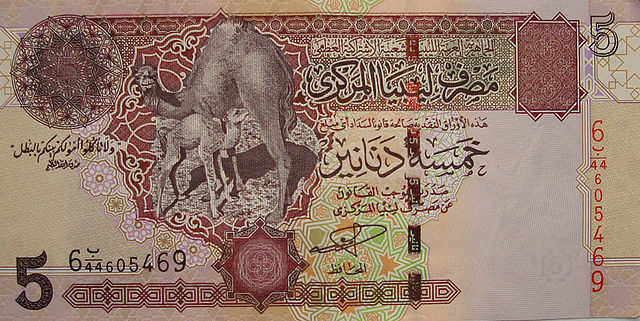By for Al-Monitor. Any opinions expressed are those of the author, and do not necessarily reflect the views of Libya Business News.
Nearly six years after the fall of Col. Moammar Gadhafi in 2011, the tally of political, social and security-related challenges facing Libya is considerable. International efforts to reconcile the deep political and institutional fragmentation between Libya’s rival political and military factions have stalled in recent months.
Pockets of conflict continue to simmer in smuggling hotspots in western Libya, around oil ports and facilities in the oil crescent region, and in eastern Libya as the Libyan National Army forces of Field Marshal Khalifa Hifter continue to pummel jihadi forces in Benghazi and Derna.
Economic crisis
Yet against the backdrop of this persistent instability and lawlessness, it is the dire state of the Libyan economy that is keeping many Libyans up at night. Last month, the value of the Libyan dinar fell as low as 9 to the US dollar on the black market, down from 6 dinars, while the ongoing liquidity crisis (over 90% of Libya’s liquidity is estimated to be outside the banking system) means that citizens are unable to withdraw money from their banks and are often not receiving their salaries because their employers simply do not have access to hard cash.
As Libya’s financial institutions attempt to revive an economy burdened by exploding state salaries and subsidy bills, depleted foreign currency reserves and high levels of corruption, Libya’s oil revenues are inconsistent at best and failing at worst due to low production and low oil prices.





